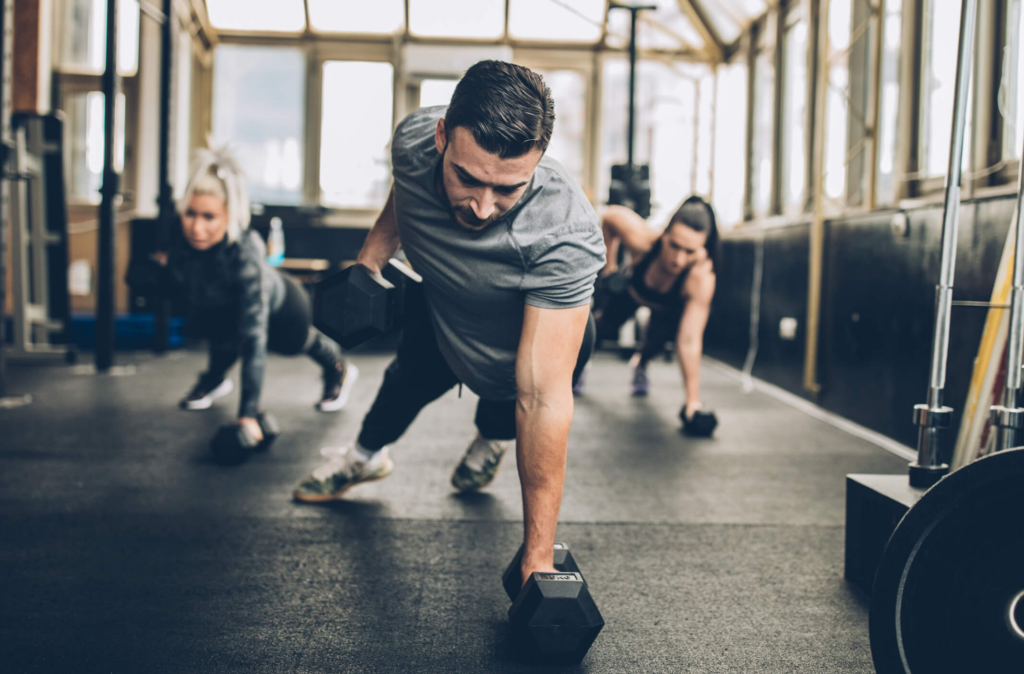We’ve all heard of athletes using IV therapy during sporting events, but how does it help? Intravenous (IV) therapy has been used by professional athletes for years to improve their performance and recovery.
It’s a treatment that is growing in popularity among amateurs as well. But what exactly is the role of this type of therapy in sports performance and recovery?
In this article, we will explore the benefits of IV therapy and why so many athletes are turning to it to enhance their physical capabilities both on and off the field.
The use of intravenous fluids has long been seen as beneficial for medical reasons such as rehydration or replenishment of electrolytes, but its potential applications in sports have only recently come into focus.
As more research emerges about the positive effects of IVs on athletic performance, it’s becoming clear that they can play an important role in helping athletes reach their peak form.
The key lies in understanding how these fluids can be used strategically to maximize results – from improved endurance during competitions to faster recovery times afterward.
For any athlete looking to take their game up a notch, exploring the possibilities offered by IV therapy may be worth considering.
With careful implementation, hydration treatments could provide measurable gains across multiple areas, making them an attractive option for anyone seeking maximum performance out of every workout session or event.
In the following sections, we will delve deeper into everything you need to know about utilizing IV therapies safely and effectively when pursuing your fitness goals.
Definition of IV Therapy

Piquant and powerful, intravenous (IV) therapy is a medical procedure utilized to infuse fluids directly into the body’s circulatory system.
This technique of treatment administers solutions containing vitamins, minerals, electrolytes, medications, or other nutritional elements directly into the bloodstream to achieve therapeutic effects that could not be as easily obtained through oral ingestion or topical application.
IV therapy has been used for decades but recently its popularity has grown exponentially due to its increasing use among athletes seeking an edge over their competitors.
By providing direct access to key nutrients required for optimal performance and recovery from physical activity, it’s no surprise professional athletes now consider this method of treatment an essential part of their training regimen.
Benefits of IV Therapy in Sports
IV therapy is becoming increasingly popular among athletes looking to enhance their performance and speed up recovery time.
IV therapy provides a direct route of hydration, vitamins, minerals, and nutrients into the bloodstream which can help athletes improve muscle strength, endurance, and overall performance.
It also helps reduce inflammation in muscles caused by intense exercise or injury, helping them recover faster from physical exertion or trauma.
One advantage of IV therapy for athletes is its ability to provide rapid hydration due to its direct access to the bloodstream.
This allows athletes to quickly replenish lost electrolytes and water without having to rely on consuming beverages like Gatorade that may not be readily available after an event, says Alliance IV Therapy MD in Fort Lauderdale.
Additionally, infusions can contain specific combinations of electrolytes, vitamins, antioxidants, and other supplements tailored to an athlete’s individual needs; this means that they get exactly what their body requires during training sessions or competition days.
These customized formulations are believed to increase energy levels as well as boost immunity so that athletes can perform better over long periods with fewer injuries or illnesses.
The combination of increased hydration and nutrient delivery through IV therapy has been shown to have positive effects on athletic performance in terms of muscular power output, fatigue resistance, and improved cardiovascular function.
Furthermore, it can lead to quicker recovery times when combined with proper rest between workouts or competitions resulting in less soreness and improved mobility post-exercise.
All these benefits make IV therapy an attractive option for any athlete looking to maximize their potential while minimizing the risk of injury or illness associated with strenuous activity.
Best Practices for Using IV Therapy in Athletics

First and foremost is communication between the athlete and the provider.
The strength of the relationship between an individual’s medical team and the athlete cannot be understated when considering an integrative approach to health.
Open dialogue about goals, limits, expectations, and concerns will help ensure safety as well as a positive experience with IV therapies.
Another important factor to consider before utilizing this form of treatment is determining what type or combination of treatments will work best for each person’s needs.
Depending on one’s lifestyle, nutrition habits, exercise regimen, and current health status, different approaches may yield varying results.
An evaluation by a qualified practitioner can go a long way towards helping identify precisely which course of action will have the greatest chance of achieving desired outcomes.
Thirdly, having realistic expectations is essential for any successful outcome with IV therapy—as with all forms of medicine.
Each body responds differently; some people may see immediate improvements while others might not notice much at all until after multiple treatments have been completed.
Working closely with a medical professional who understands your unique physiology can make all the difference here in terms of creating and working together toward achievable goals.
Finally, following up regularly with your provider is paramount to monitor progress throughout treatment sessions and adjust accordingly if needed.
Regular assessments provide insight into how various nutrients interact within the body over time—allowing providers to tweak regimens as necessary so they remain optimally effective while also promoting overall healthier living habits away from treatments themselves.
Best Practices for Using IV Therapy in Athletics:
- Maintaining open communication between athlete & provider
- Determining optimal treatment plan for individual needs
- Having realistic expectations about results
- Following up regularly with a provider to assess progress & adjust accordingly
- Promoting healthy living habits outside of treatments
Conclusion
In conclusion, IV therapy is a powerful tool that can be used to help athletes improve their performance and recovery. It has the potential to provide numerous benefits when administered properly and safely.
However, it is important to understand the risks associated with this form of treatment to ensure its safe use by athletes.
Best practices for using IV therapy include obtaining medical advice from a qualified healthcare provider, only using pre-mixed fluids approved for intravenous injection, monitoring electrolyte levels during administration, and avoiding self-administration.
With careful consideration and adherence to best practices, IV therapy can become an effective part of any athlete’s training regimen.
It is clear that there are many advantages to incorporating IV therapy into sports performance and recovery plans; however, caution must always be taken when considering such treatments.
As athletes strive to reach their goals while also ensuring their safety, they should take advantage of all available resources—including trusted medical professionals—to make informed decisions about how best to utilize IV therapy in pursuit of optimal performance outcomes.
Ultimately, whether or not one chooses to utilize IV therapy as part of a sports performance plan will depend on individual needs and circumstances; but with proper education and guidance from knowledgeable healthcare providers,
those who decide that it may benefit them can confidently move forward knowing they have made an informed decision backed up by evidence-based practice guidelines.

Jean Smith is a fitness enthusiast and blogger who focuses on fitness and a healthy lifestyle. She is passionate about assisting people in living healthier lifestyles and is constantly on the lookout for new and creative methods to stay fit and healthy. Her articles are excellent resources for anyone interested in improving their health and fitness.
